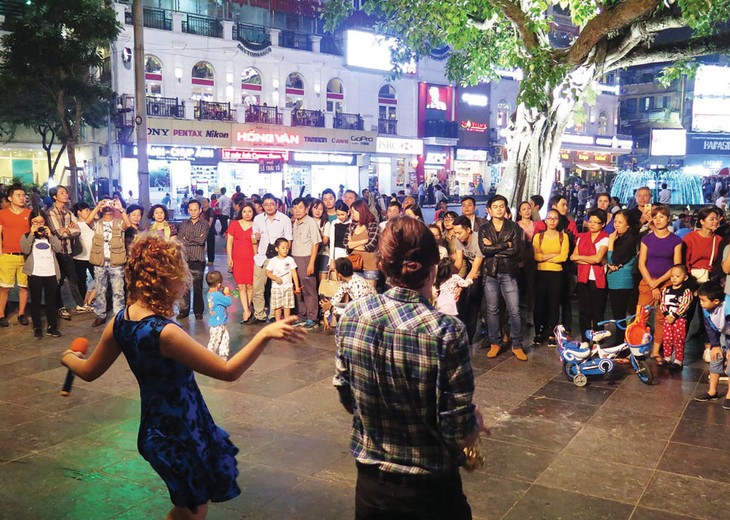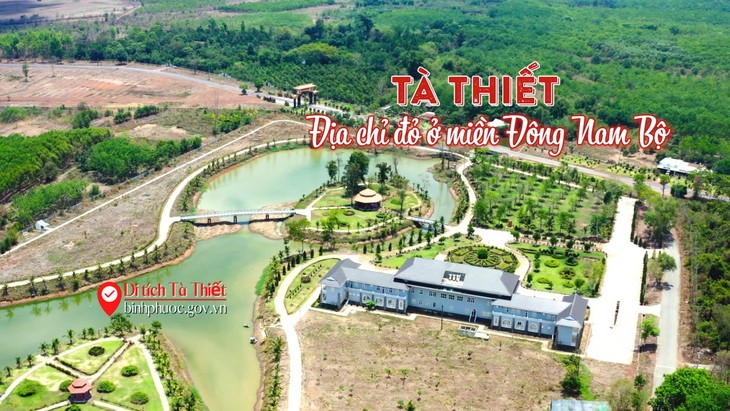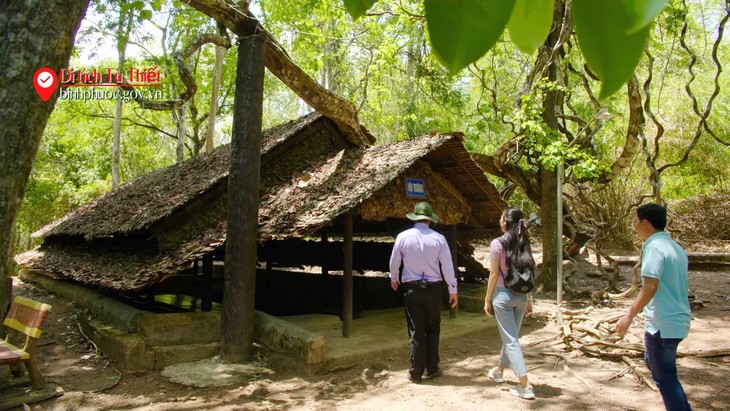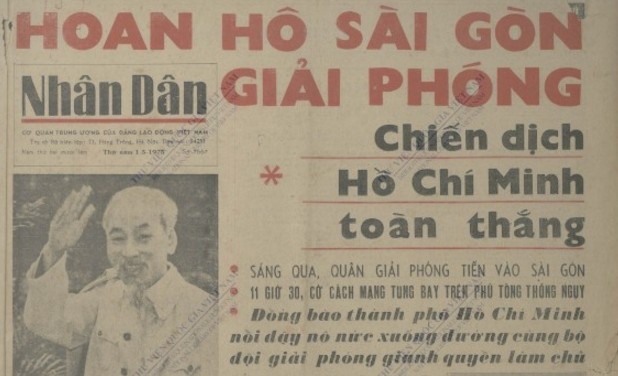A: Last week VOVWorld received more than 350 letters, emails, and phone calls from listeners. Besides loyal listeners on shortwave, we have a growing number of readers on our website and Facebook Fanpage.
B: We have noticed that most of our listeners are interested in stories about Vietnam’s society, culture, and tourism. Many of them have plans to visit Vietnam.
 Art performance at the pedestrian streets around Hoan Kiem Lake at night (photo: moitruongdulich.vn) Art performance at the pedestrian streets around Hoan Kiem Lake at night (photo: moitruongdulich.vn) |
A: Listener Juan Franco Crespo of Spain wrote: “Thanks to your shortwave programs we have a different perspective of our world. Thank you, VOV! I’m able to escape the reality of a world with many calamities. By listening to you every day, I can imagine myself traveling to a very beautiful country.”
B: Also from Spain, Juan Diez told us that he supports the idea of developing nightlife services in Binh Dinh to promote tourism. He said: “Vietnam can provide excellent night-life services, because Vietnam's mild climate is very suitable for tourists who like to enjoy nightlife as weather permits. There is nothing more enjoyable than swimming in the sea at dusk. Night is also a good time to enjoy cafes, food, ice cream, and so much more. Vietnam’s climate is ideal for relaxation.”
A: John Ponnampalam, who visited our website at vovworld.vn and read a story about the Ta Thiet military base relic site in Binh Phuoc province, said: “I would like to visit this place. Is it open to the public?”
B: Yes, it’s open to the public. The historical relic site has become a famous attraction and is visited by almost every tourist who comes to Binh Phuoc. Located 100 kilometers from Ho Chi Minh City, Ta Thiet military base once served as the headquarters of the Liberation Army of South Vietnam.
 Ta Thiet, a "red address" in the southeastern region (photo: binhphuoc.gov.vn) Ta Thiet, a "red address" in the southeastern region (photo: binhphuoc.gov.vn) |
A: The base was a strategic munitions depot and headquarters for the Ho Chi Minh Campaign Command, which led the Vietnamese people to victories and national reunification in April, 1975. Ta Thiet is now integrated with eco-tourism that exploit 3,200 hectares of forest, and encompasses victory monuments, temples, cottages for military officials, and an underground meeting room where the Ho Chi Minh Campaign Command stayed.
B: At Ta Thiet National Monument, tourists can visit the workplaces and residences of high-ranking Party leaders like Le Duc Anh, Tran Van Tra, and Nguyen Thi Dinh, the Political Commissar house, a meeting cellar, Hoang Cam kitchen, tunnels, and other facilities.
Do Van Duyen, a tourist guide, said: “The meeting hall is where the High Command of the HCM campaign was established. It is a semi-basement. The roof is made of special leaves, which are durable and non-flammable, to minimize the risk of fire in the military base.”
 A semi-basement house in the Ta Thiet historical site (photo: binhphuoc.gov.vn) A semi-basement house in the Ta Thiet historical site (photo: binhphuoc.gov.vn) |
B: Besides historical relic sites, Binh Phuoc has many natural tourist attractions. Bu Gia Map National Park has a rich ecosystem, where people can camp and observe the wildlife.
A: Almost every historical site in Vietnam, which was a military base, military prison, or battlefield during the war, is open to tourists. The former Northern Military Zone, consisting of Cao Bang, Ha Giang, Bac Kan, Tuyen Quang, Lang Son, and Thai Nguyen province, provides a tourist itinerary of revolutionary bases and eco-tourism sites.
A: In the south, the Cu Chi Tunnels Relic Site, which is about 70km from Ho Chi Minh City, offers visitors a peek at the underground life of Vietnamese soldiers back in 1948. The site has over 120km of underground tunnels, with trapdoors, living areas, kitchens, storage facilities, armory, hospitals, and command centers. Since Cu Chi opened to tourists, parts of the tunnels have been widened to accommodate larger people.
B: Indonesian listener Hari Santosa asked: “When and why was Sai Gon renamed Ho Chi Minh City?”
A: The 1st session of the 6th National Assembly on July 2, 1976, adopted a Resolution to name the country the Socialist Republic of Vietnam and rename Sai Gon-Gia Dinh city to Ho Chi Minh City.
B: Time magazine spent almost its entire May 12, 1975 edition on the end of the anti-US war in Vietnam on April 30, 1975. The magazine printed a photograph of President Ho Chi Minh and a map of the unified Vietnam under the headline “The Victor.” The map was entirely red except for a yellow star and the words “Ho Chi Minh City” at the location of Saigon.
A: Many people wondered why the American magazine called Saigon “Ho Chi Minh City”, which was only officially chosen by Vietnamese legislators in July 1976. Actually, the name Ho Chi Minh City was used by Vietnamese revolutionary forces and civilians long before the war ended.
 Nhan Dan Newspaper used both names "Saigon" and "Ho Chi Minh City" on its front page on May 1, 1975. Nhan Dan Newspaper used both names "Saigon" and "Ho Chi Minh City" on its front page on May 1, 1975. |
B: In August, 1946, the National Assembly deputies for Sai Gon-Cho Lon submitted a petition to the National Assembly and the government to change the name of Sai Gon to Ho Chi Minh City as a symbol of the fight and sacrifice of the southerners and their determination to win.
A: On August 27, 1946, the front page of Cuu Quoc (National Salvation) Newspaper ran a big headline in Vietnamese: “Saigon from today will be renamed Ho Chi Minh City.” It was a very strong statement.
B: From then until National Reunification in 1975, the names Sai Gon and Ho Chi Minh City were both used by the media. No official decision was made about the new name. The first administrative documents after the war still called the city Saigon-Gia Dinh. On July 2, 1976, Vietnam’s National Assembly met and voted to officially rename the city Ho Chi Minh City.
A: French listener Guy Le Louet asked: “When did Vietnam begin growing coffee?” Coffee was introduced to Vietnam in 1857 by a French Catholic priest who brought an Arabica tree to the northern region. With a tropical climate that’s ideal for growing coffee, the industry started to boom in the Annam region in the 1890s.
B: The producers found that the plant grew well in Vietnam’s climate and they established regular production by the late 19th century, though not on a large scale. In the 1920s the Central Highlands region was discovered to have ideal conditions for coffee cultivation.
 Vietnamese "Weasel Coffee" is a high-end product made from the droppings of civets. Vietnamese "Weasel Coffee" is a high-end product made from the droppings of civets. |
A: The industry further expanded when the Doi Moi economic reforms were introduced in 1987. Vietnam opened its doors and signed agreements with countries near and far. By the 90s, Vietnam had become the world’s second-largest exporter of coffee, outpacing Colombia.
B: Today coffee production and export are major cash earners. The Ministry of Agriculture and Rural Development reported that coffee exports last year totaled more than 1.7 million tons and earned 3.94 billion USD, an increase of 10% in volume and more than 28% in revenue.
A: We would like to acknowledge letters and emails we received from listeners last week from Md.Jahangir Alam, President of the World Dx International Radio Fan Club of Bangladesh, and Jayanta Chakrabarty, Siddhartha Bhattacharjee, and Sanil Deep of India.
B: That concludes today’s program. We welcome your feedback at: English Service, VOVWorld, the Voice of Vietnam, 45 Ba Trieu street, Hanoi, Vietnam. Or you can email us at: englishsection@vov.vn. You’re invited to visit us online at vovworld.vn, where you can hear both live and recorded programs.
A: Check out our VOV Media App, available on both the IOS and Android platforms, to hear our live broadcasts. We look forward to your feedback on the mobile version of vovworld.vn. Once again, thank you all for listening. Goodbye.